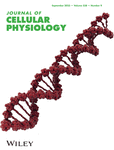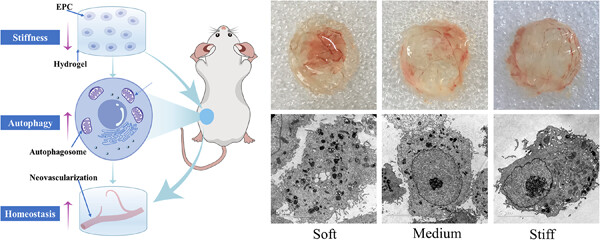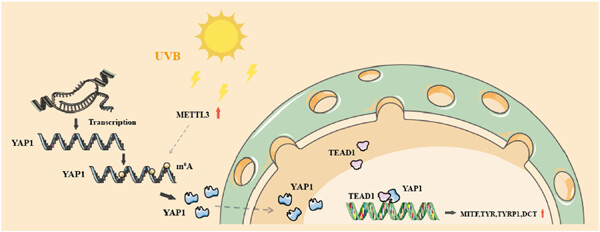Journal list menu
Export Citations
Download PDFs
ISSUE INFORMATION
REVIEW ARTICLES
Biochemical and cellular basis of oxidative stress: Implications for disease onset
- Pages: 1951-1963
- First Published: 12 July 2023
Necroptosis in apical periodontitis: A programmed cell death with multiple roles
- Pages: 1964-1981
- First Published: 11 July 2023
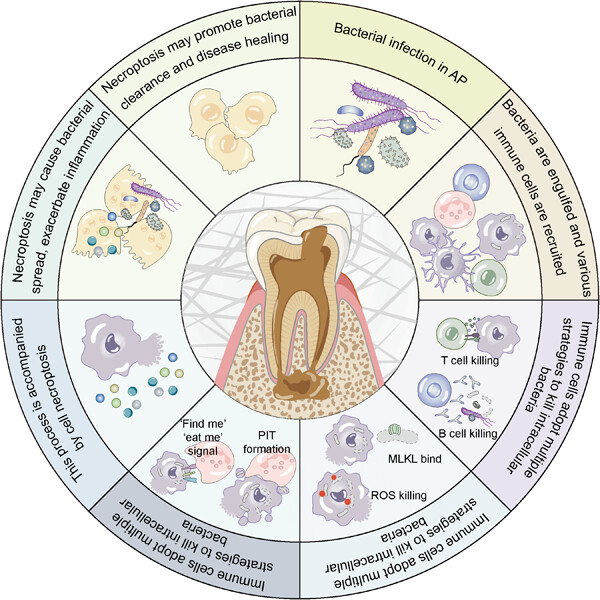
Bacterial infection is the main cause of apical periodontitis (AP) of teeth. This process is closely accompanied by the cell necroptosis and the release of inflammatory substances. Cell necroptosis plays multiple roles during the AP process, from limiting bacterial infection and promoting tissue healing to facilitating bacterial dissemination and aggravating tissue destruction. Understanding these different roles of necroptosis could provide new clues for developing treatment strategies of AP.
Decoding hepatocarcinogenesis from a noncoding RNAs perspective
- Pages: 1982-2009
- First Published: 14 July 2023
Glycogen-binding protein STBD1: Molecule and role in pathophysiology
- Pages: 2010-2025
- First Published: 12 July 2023
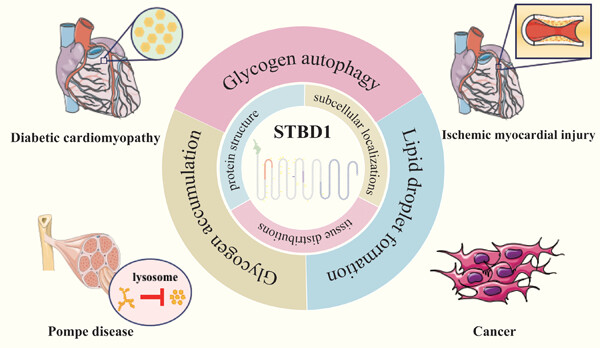
Starch-binding domain-containing protein 1 (STBD1) is a glycogen-binding protein that is pivotal to glycogen transport and metabolism and consists of a hydrophobic N-terminal, a glycogen-binding C-terminal, and two specific motifs. STBD1 is mainly found in skeletal muscle, cardiac muscle, and liver, and its subcellular localization is mainly found in the endoplasmic reticulum, mitochondria-associated membranes, and Golgi apparatus. STBD1 is involved in biological processes such as glycophagy, glycogen accumulation, and lipid droplet formation, as well as in the pathogenesis of cardiovascular diseases, metabolic diseases, and cancer.
Multiple forms of cell death: A focus on the PI3K/AKT pathway
- Pages: 2026-2038
- First Published: 10 August 2023
RESEARCH ARTICLES
Live-cell imaging reveals redox metabolic reprogramming during zygotic genome activation
- Pages: 2039-2049
- First Published: 18 June 2023
Functional differences in agonist-induced plasma membrane expression of Orai1α and Orai1β
- Pages: 2050-2062
- First Published: 18 June 2023
Cholesterol sulfate inhibits osteoclast differentiation and survival by regulating the AMPK–Sirt1–NF-κB pathway
- Pages: 2063-2075
- First Published: 19 June 2023
Vasomotion in human arteries and their regulations based on ion channel regulations: 10 years study
- Pages: 2076-2089
- First Published: 06 September 2023
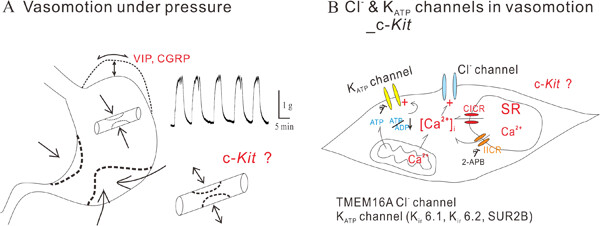
We found that human left gastroepiploic artery (HLGA) and uterine artery (HUA) produced vasomotion that was activated by stretch, Ca2+ and Cl− channels (TMEM16A-Ca2+-activated Cl− channel). Vasomotion of HLGA and HUA was negatively regulated by metabolic inhibition (NaCN) via activation of ATP-sensitive K+ channel (KATP channel) which was composed of Kir6.1, Kir6.2, and SUR2B subunits. Physiologically, vasomotion was inhibited by the application of neuropeptides such as vasoactive inhibitory peptide and/or CRGRP. c-Kit positive protein was identified and the role of this protein in HLGA and HUA will be studied in the future. These results suggest that myogenic vasomotion of HLGA and HUA will reveal other avenues by which it may be possible to treat circulation-related human diseases.
SIRT3 regulates mitophagy in liver fibrosis through deacetylation of PINK1/NIPSNAP1
- Pages: 2090-2102
- First Published: 07 July 2023
The aminopeptidase LAP3 suppression accelerates myogenic differentiation via the AKT-TFE3 pathway in C2C12 myoblasts
- Pages: 2103-2119
- First Published: 12 July 2023
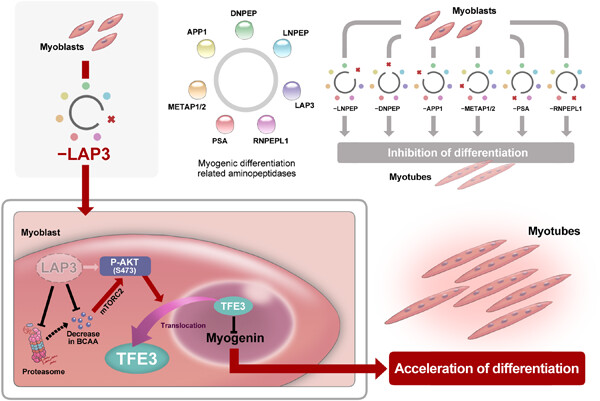
We identified APP1, DNPEP, LAP3, LNPEP, METAP1, METAP2, PSA, and RNPEPL1 as the aminopeptidases that are required for the myogenic differentiation of C2C12 myoblasts. Especially, the suppression of LAP3 inhibited proteasomal proteolysis and promotes the myogenic differentiation of C2C12 myoblasts through AKT/TFE3/Myogenin pathways.
Ca2+-activated K+ channels regulate cell volume in human glioblastoma cells
- Pages: 2120-2134
- First Published: 11 July 2023
Matrix stiffness regulates neovascular homeostasis through autophagy in nude mice
- Pages: 2135-2146
- First Published: 10 August 2023
Autophagy mediates cementoblast mineralization under compression through periostin/β-catenin axis
- Pages: 2147-2160
- First Published: 21 July 2023
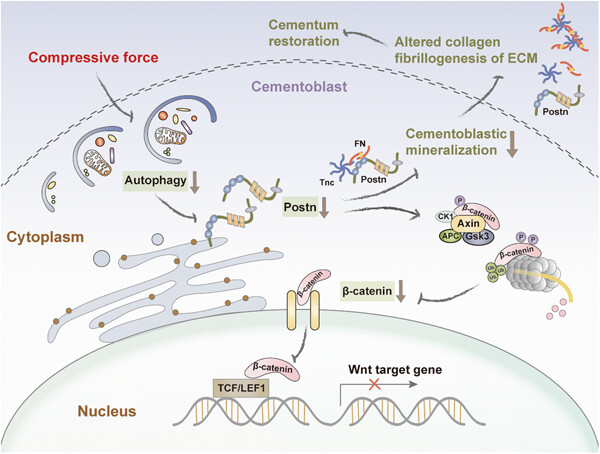
Autophagic activation restores compression-suppressed cementoblast mineralization, which helps to restrain force-induced external root resorption. Autophagy mediates cementoblast mineralization through periostin/β-catenin axis, in which periostin plays a role in modulating the stability of β-catenin.
UVB promotes melanogenesis by regulating METTL3
- Pages: 2161-2171
- First Published: 07 July 2023




